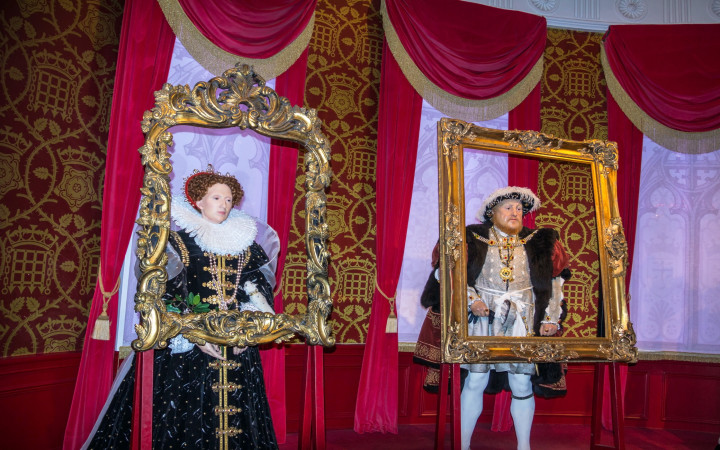Today’s Wonder of the Day was inspired by Destiny. Destiny Wonders, “How did led kill Queen Elizabeth?” Thanks for WONDERing with us, Destiny!
Today’s Wonder of the Day begins at an ending. Does that seem strange? Well, it’s quite a historical ending—we’re talking about the last days of one of England’s most famous monarchs. Who? Queen Elizabeth I, of course!
Elizabeth I’s 44-year reign ended when she passed away on March 24, 1603. This came at the end of a long period of sickness and depression for the queen. What caused the queen’s passing? No one can say for certain. According to her wishes, doctors were not allowed to perform a post-death evaluation.
This has led to a great deal of mystery surrounding the passing of Elizabeth I. People have WONDERed what happened for generations. Many of them ask the same question: Was Elizabeth I’s passing natural? Is it possible that the queen was poisoned?
In fact, it’s likely that poisoning played a role in the illness that ended Queen Elizabeth I’s life. However, the source of that poison is not one many would expect. Instead of being dosed by a sinister enemy, the queen was likely poisoned by a danger that hid in plain sight—her own makeup.
In her late 20s, Elizabeth I caught smallpox. The illness spared her life, but it left her face severely scarred. As the queen had always been proud of her beauty, this was difficult for Elizabeth I to accept. Lucky (or not so much) for her, a type of makeup common in the era covered her scars and helped her feel more confident. It was called Venetian Ceruse, or “The Spirits of Saturn.”
This makeup helped restore the queen’s smooth, white complexion. It also stayed on for a long time, up to a week or so. The makeup’s long-lasting nature was due in large part to one of its main ingredients—lead.
You might already know that lead is very dangerous, especially if ingested. However, people didn’t know about the threats of lead during Queen Elizabeth I’s life. In fact, the substance was present in many products of the time, including most makeup. Elizabeth I continued to use makeup full of lead for the rest of her life. Many people today believe she suffered from blood poisoning due to lead in her last days. This could have contributed to her death.
Lead may not have been the only substance that poisoned Queen Elizabeth I, either. Her rouge and lipstick contained mercury, as did the product she used to remove her makeup. It’s possible that this also contributed to her illness.
Others don’t think Queen Elizabeth I’s death was brought about by poisoning. Potential causes include pneumonia, streptococcus, and cancer. It’s unlikely we’ll ever be certain why the queen died.
Elizabeth I is remembered today as one of England’s longest ruling monarchs. She reigned during a time of great growth in the arts and was the last Tudor to sit on the throne. Today, she remains the only English queen to have refused marriage her entire life.
Standards: CCRA.R.1, CCRA.R.2, CCRA.R.4, CCRA.R.10, CCRA.W.2, CCRA.W.4, CCRA.W.7, CCRA.W.9, CCRA.L.1, CCRA.L2., CCRA.L.3, CCRA.L.6, CCRA.SL.1, CCRA.SL.2




